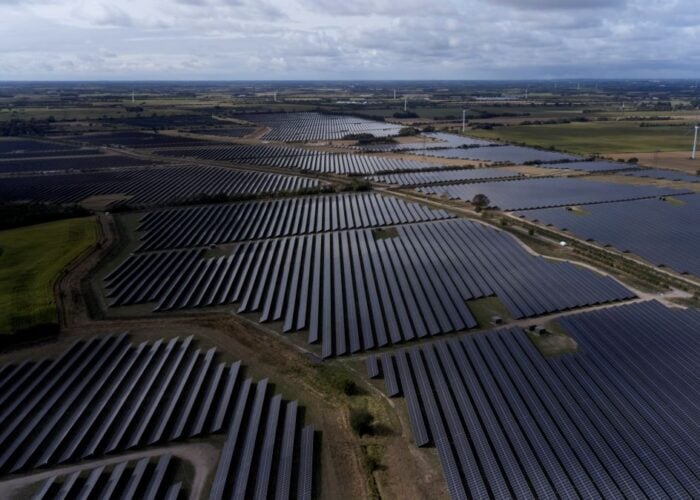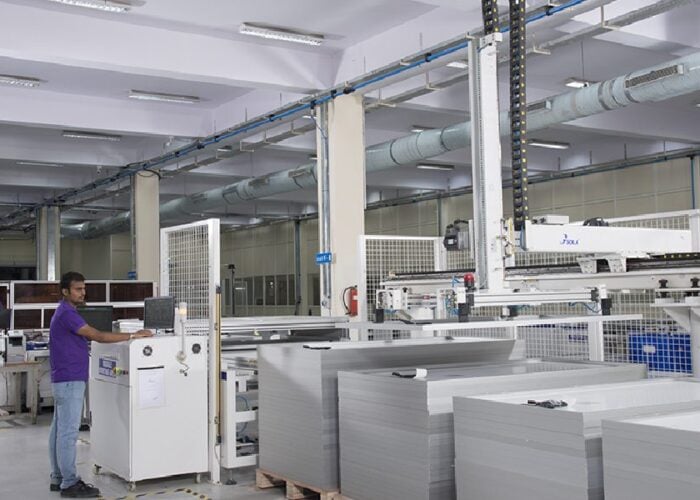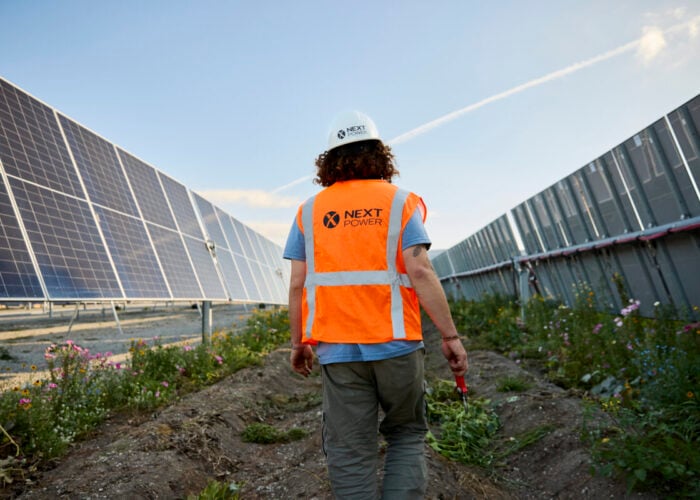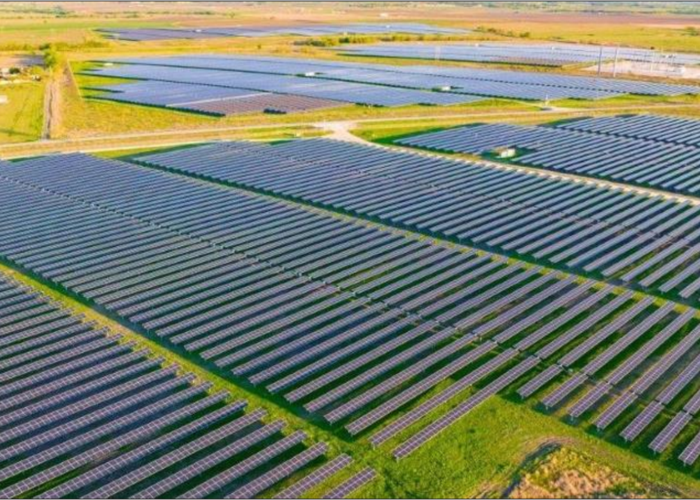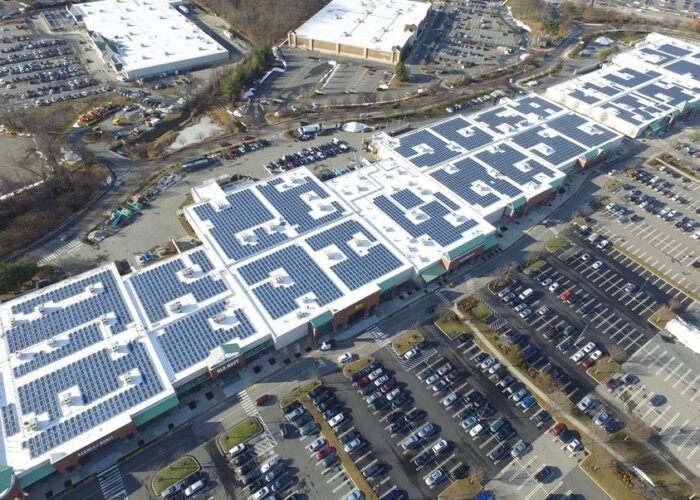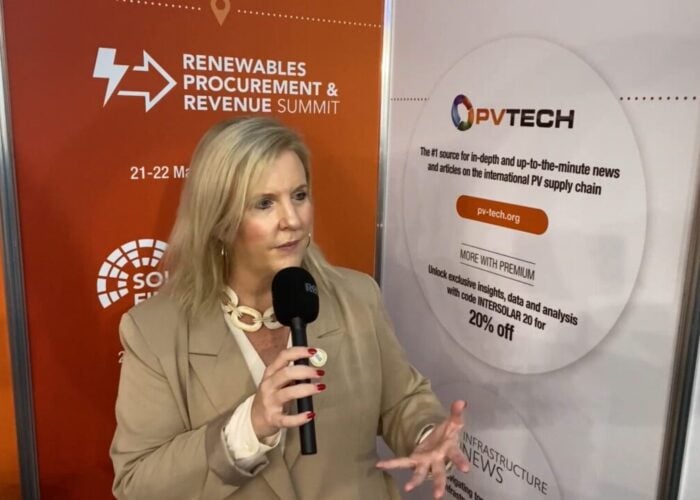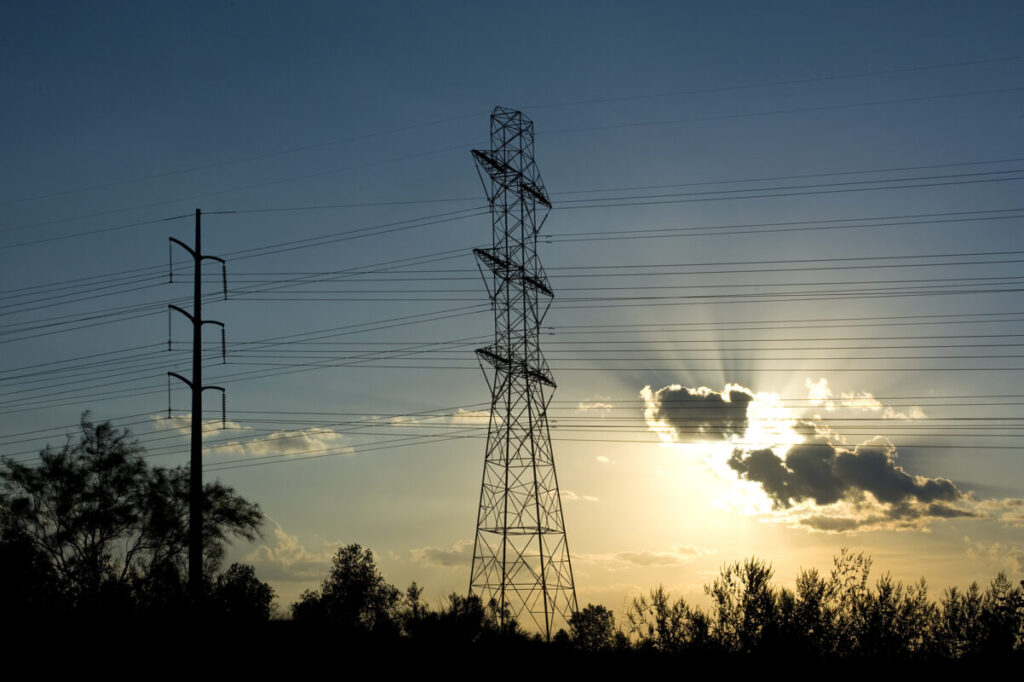
A report published by the US Department of Energy (DOE) this week claims that the previous government’s support for renewable energy could cause blackouts to “increase by 100 times” by 2030.
Renewable energy advocates and some members of Congress have disputed this and said that the Republican party’s decision to gut incentives for new solar and wind generation in its budget reconciliation bill, passed last week, will create power supply shortages and hamper US competitiveness in future industries.
Try Premium for just $1
- Full premium access for the first month at only $1
- Converts to an annual rate after 30 days unless cancelled
- Cancel anytime during the trial period
Premium Benefits
- Expert industry analysis and interviews
- Digital access to PV Tech Power journal
- Exclusive event discounts
Or get the full Premium subscription right away
Or continue reading this article for free
‘Radical green agenda’
The DOE report was commissioned in response to an April executive order from president Donald Trump, which built on claims that the previous administration had created a “national emergency” in the US electricity grid.
The report claims that the US needs to expand coal and natural gas generation to avoid “a surge in power outages and a growing mismatch between electricity demand and supply”.
It says the “radical green agenda” of the Biden administration, which introduced tax credits for building and buying renewable energy and broadly incentivised clean power while beginning to phase out fossil fuels, will cause “unacceptable reliability risks” across the US.
“DOE’s analysis shows that, if current retirement schedules and incremental additions remain unchanged, most regions will face unacceptable reliability risks within five years and the nation’s electrical power grid will be unable to meet expected demand for AI, data centres, manufacturing and industrialisation,” the report said.
According to the US Energy Information Administration (EIA), 7.5GW of fossil fuel generation capacity was retired from the US grid in 2024. In the same year, solar PV alone added 50GW of new power supply, over six times the amount that was retired. A further 10.4GW of energy storage capacity was added, according to the EIA.
Last week, Congress passed the “One, Big, Beautiful Bill” act, which dramatically slashed federal support for renewable energy. CEO of the Solar Energy Industries Association (SEIA), Abigail Ross Hopper, said; “In the face of rising energy costs, global instability, and growing demand for power, Congress has turned its back on the very industries that are adding the majority of the new electricity generating capacity to the grid.”
The DOE claimed: “Allowing 104GW of firm generation to retire by 2030—without timely replacement—could lead to significant outages when weather conditions do not accommodate wind and solar generation.”
The DEO report assumes 104GW of energy capacity retirements by 2030, to be replaced by 210GW of new generation, only 22GW of which will be “firm, reliable, dispatchable generation”.
Big, beautiful bill and AI demand
The tax reconciliation bill – known as the “One, Big, Beautiful Bill Act” and closely associated with the president’s agenda – broadly dismantled the incentives for new renewable energy deployments.
The DOE’s report says that the US will fail to meet the demand from AI data centres without expanding its “firm generation” – by which it means coal and gas.
Kristina Costa, an energy and climate policy expert in Washington DC and former White House advisor, disagrees. Speaking to reporters last month, Costa said that imposing red tape and limitations on renewable energy technologies “is going to crater investment in the electricity sector right when we need it the most.”
She said that data centres will represent a “large part” of US electricity demand growth over the next five years.
“What can we build a lot of in that time frame? Solar, wind and batteries. What can we not build a lot of in a five-year time frame? Natural gas. Which is seeing seven-year-long wait times for new turbines and rising costs across the board.”
She continued: “Geothermal takes 5-10 years. Nuclear takes 10-15.”
Costa said it was a “fallacy” that the US doesn’t need investment in “intermittent” generation like renewables and only needs “base-load” fossil fuels to power the AI boom. “This is a false choice and a false narrative. It ignores the reality of not only how long it takes to build new generation, [but also] the reality of how the grid operates today. Grids across the country have successfully integrated increasing shares of renewables which have actually increased reliability.
“And let’s be clear, the tech companies building AI understand this, too. With this legislation they know they’re not going to be able to build out AI at the scale they’re hoping for in the US, because they’re not going to be able to power it.”
Indeed, firms like Amazon, Meta and Google have been the biggest corporate buyers of solar energy in the US, to meet their data centre demand and decarbonise their operations.
A statement from the American Council on Renewable Energy (ACORE) on the reconciliation bill said: “We are in a global race – not just for clean energy leadership, but for dominance in the technologies that will define the future, including artificial intelligence. China is aggressively investing in clean energy and digital infrastructure because they understand that energy security and economic competitiveness go hand in hand. This bill should have matched that urgency.”
An executive order issued three days after the bill passed instructed the US Treasury to produce new, stricter rules on the solar and wind power projects which can qualify for tax incentives before they phase out. Sources speaking to PV Tech have suggested the order shows the White House’s ideological opposition to renewable energy.
DOE ‘illegally’ cuts solar, wind funds
The DOE has also suggested that it will cut funds allocated to solar and wind energy research and innovation projects, despite having been approved by Congress.
The DOE announced in a spending plan this week that it would cut solar technology funding by 87%, from US$318 million to US$41.9 million, and wind energy by 78% from US$137 million to US$29.8 million.
Democrat senator Patty Murray and Democrat congresswoman Marcy Kapture issued a joint statement on the DOE’s decision to “Illegally” cut the funding.
“This outrageous, unlawful decision by the Trump administration is a direct attack on our energy independence and American families’ ability to afford their monthly energy bill. By slashing congressionally mandated investments in cutting-edge technologies, President Trump is driving up energy costs and ceding ground to our global competitors, who certainly aren’t throwing in the towel on the energy solutions of the future. This isn’t a bureaucratic misstep—it’s a deliberate, partisan effort to sabotage bipartisan law and redirect funding to the energy sources favoured by Secretary Wright and his allies. We demand the Department immediately reverse this reckless decision and honour the funding levels Congress enacted and the President himself signed into law,” the statement read.

